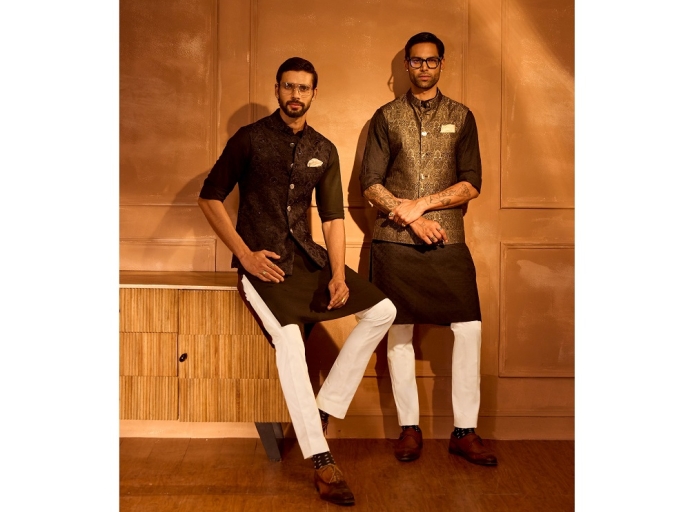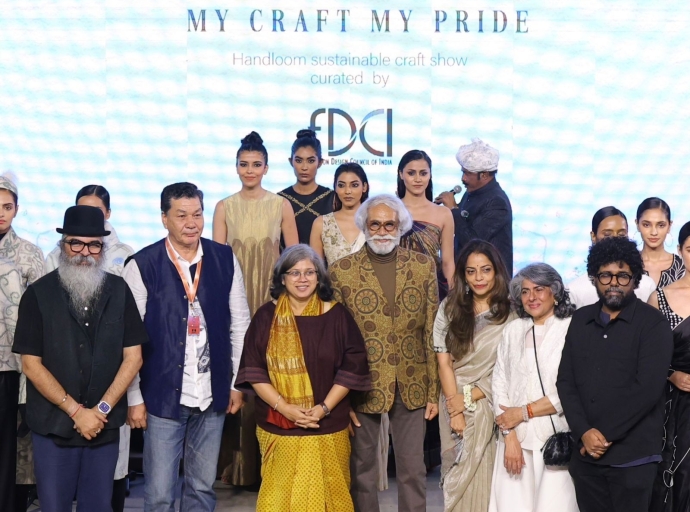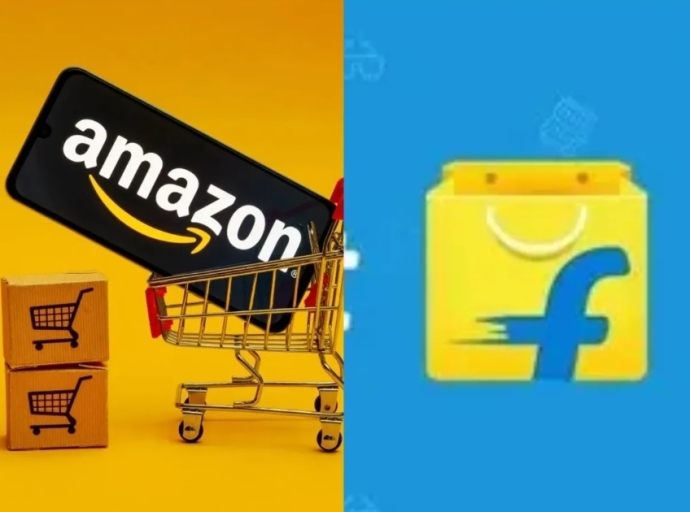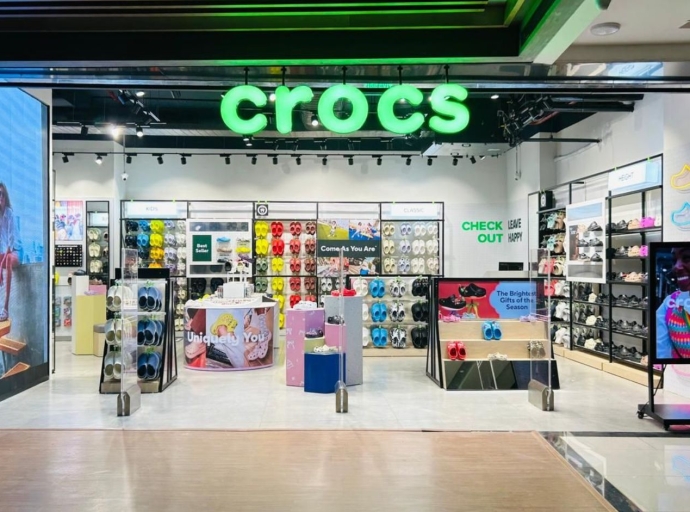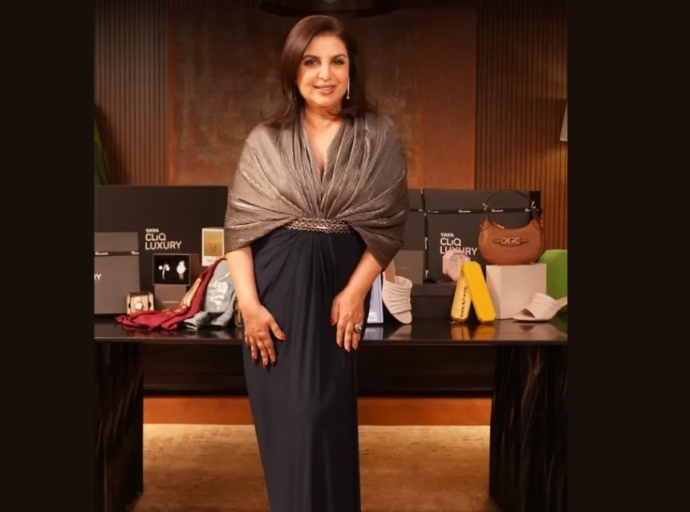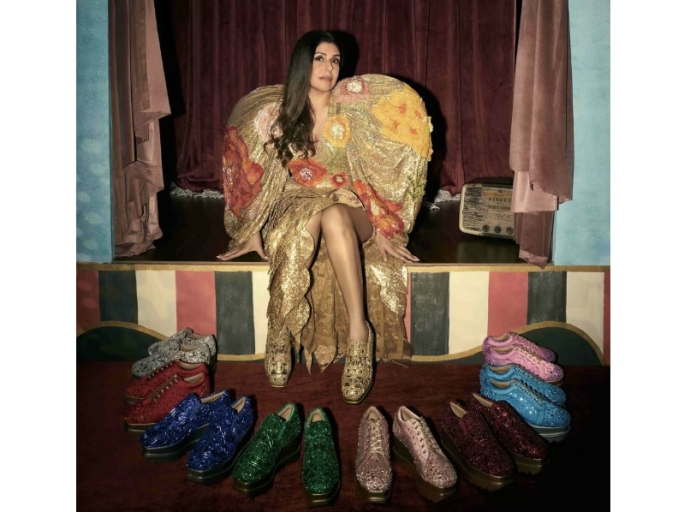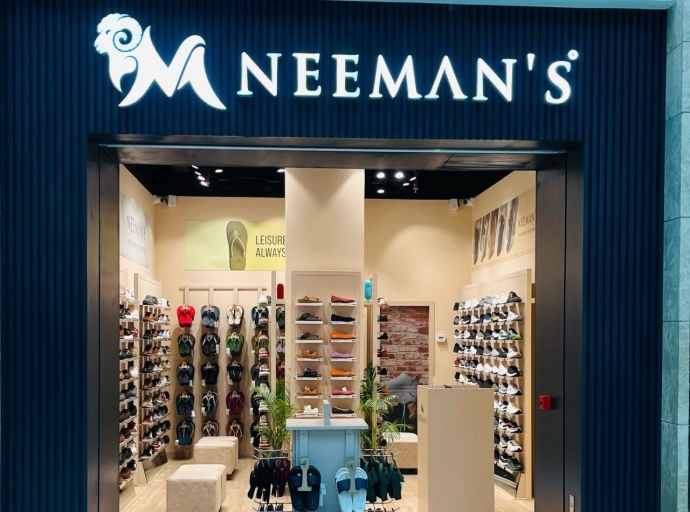25 November 2024, Mumbai
Leading e-commerce platforms in India are facing legal challenges from the Government for alleged violations of Foreign Exchange Management Act (FEMA) and Foreign Direct Investment (FDI) rules. The potential implications of these violations on businesses and consumer buying behavior are significant and warrant close attention.
Platforms flouting rules
For long, legal experts and e-commerce stakeholders have expressed concerns about the potential impact of non-compliance and the need for stricter enforcement of regulations. Meanwhile, the Enforcement Directorate has conducted raids and investigations into leading e-commerce platforms, including Amazon and Flipkart, for alleged violations of FEMA and FDI rules. In fact, consumer forums and social media platforms have been flooded with complaints about unfair practices, misleading advertisements, and poor customer service by some e-commerce platforms.
The primary concerns revolve around the following aspects.
Inventory-based model: E-commerce platforms are accused of operating in an inventory-based model, where they hold and sell products directly, rather than the permissible marketplace model. This allows them to exert greater control over pricing and distribution, potentially harming smaller retailers.
Preferential treatment of sellers: Allegations suggest that these platforms favour certain sellers, often those with close ties to the companies, by providing them with preferential listing and discounts. This creates an uneven playing field for other sellers.
Data privacy concerns: There are concerns about the collection and use of consumer data by these platforms, potentially violating data privacy regulations.
If these allegations are substantiated, the government may take stringent action, which could have significant implications for the e-commerce industry and consumer buying behaviour. Indeed, rule violations have potential impact on business and consumer buying if continued unchecked, smaller retailers and domestic businesses could face significant challenges from large e-commerce players. Consumers too may be subjected to higher prices, limited choices, and potential data privacy risks. Foreign investors may become wary of investing in India's e-commerce sector due to regulatory uncertainty.
At the same time, stricter enforcement of regulations could increase compliance costs for e-commerce platforms, potentially leading to higher prices for consumers. And stringent actions against violators could disrupt business operations and lead to temporary shortages of certain products. Moreover, overly restrictive regulations could stifle innovation and hinder the growth of the e-commerce sector.
Global examples
Rule violations are prevalent in other countries as well. To deal with it, China has implemented strict regulations on foreign e-commerce companies, including data localization requirements and restrictions on foreign investment. While this has protected domestic businesses, it has also limited consumer choice and innovation. The US on the other hand has a relatively liberal approach to e-commerce regulation, focusing on antitrust laws to prevent anti-competitive practices. This has allowed for rapid growth of the e-commerce sector but has also led to concerns about market dominance by a few large players.
Indeed, the ongoing investigation into the alleged violations of FEMA and FDI rules by leading e-commerce platforms in India highlights the delicate balance between promoting economic growth and protecting consumer interests. A judicious approach is necessary to ensure fair competition, consumer protection, and the continued growth of the e-commerce sector in India.
Latest Fashion news

